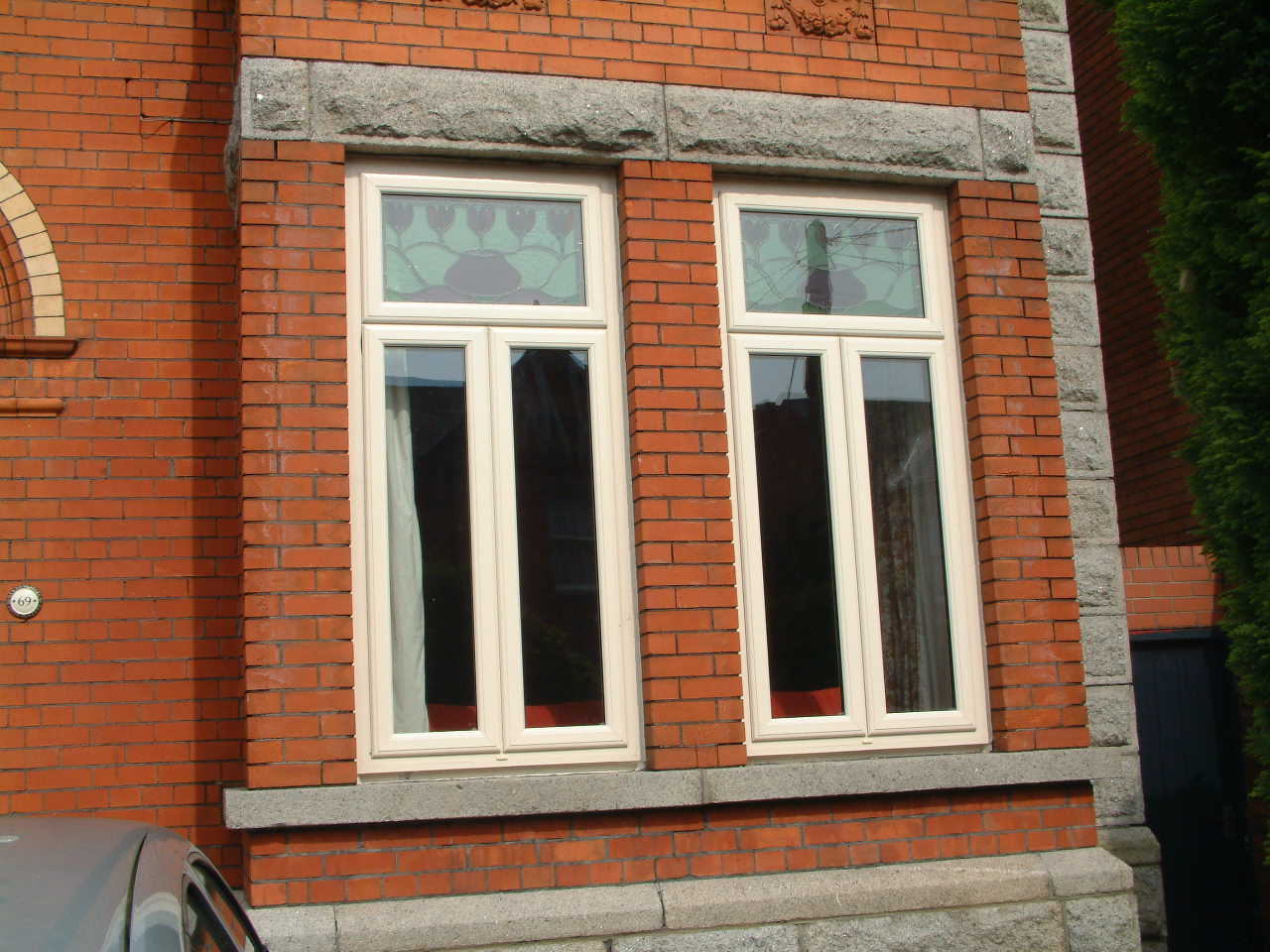
Taking Care of Your Windows and Doors - Maintenance Tips
Start with the Frames
Cleaning your PVC or aluminium frames at least every 6 months or so, with warm soapy water. If you are exposed to sea salt spray then this should be increased to about every 3 months. Never use abrasive cleaners or liquids, as they can damage the frame itself. The same applies for windows on the outside, where special care must be taken not to damage the mastic seal or waterproof seal around the frame of the window.
Patio Doors
All tracks must be wiped clean, freeing up and debris and grime for its smooth running on the rail. Any drainage channels must be clear of any blockage.
Moving Parts
All mechanical or moving parts of a window or door need to be lubricated with a WD40 Spray to keep parts running well. Parts include handles, hinges, locks, letter plate springs, striking plates and tandem wheels on patio doors. Asgard Windows provide a 10 year guarantee on such parts but with regular maintenance these will remain in great condition for many years.
Vents in Windows
Vents in windows will build up dirt on the stays if they are left open for lengthy periods. This can hinder the vent’s opening and closing operation. Never use force to try free it, always use a lubricant to free it up and take away the grease or grime build up.
Sliding Panels on Windows
All tracks within sliding panels must be cleaned with a soft cloth and soapy water.
Condensation
Condensation is not caused by double glazing but actually reduces it. Condensation naturally reduces by ventilation, but typically modern buildings have draught proofing, cavity wall insulation and other means of being sealed and air-tight, thus increasing the chance of your house building up moisture. Controlling the temperature through heating and ventilation is the most effective way of reducing or eliminating condensation. Modern homes can suffer condensation when there is inadequate ventilation. For older houses, where there is sufficient ventilation, a change in temperature is likely to increase the chances of condensation occurring. An example of this is where the temperature in a room is increased considerably by a radiator situated under a window. To help reduce condensation here a gradual temperature increase is required.
